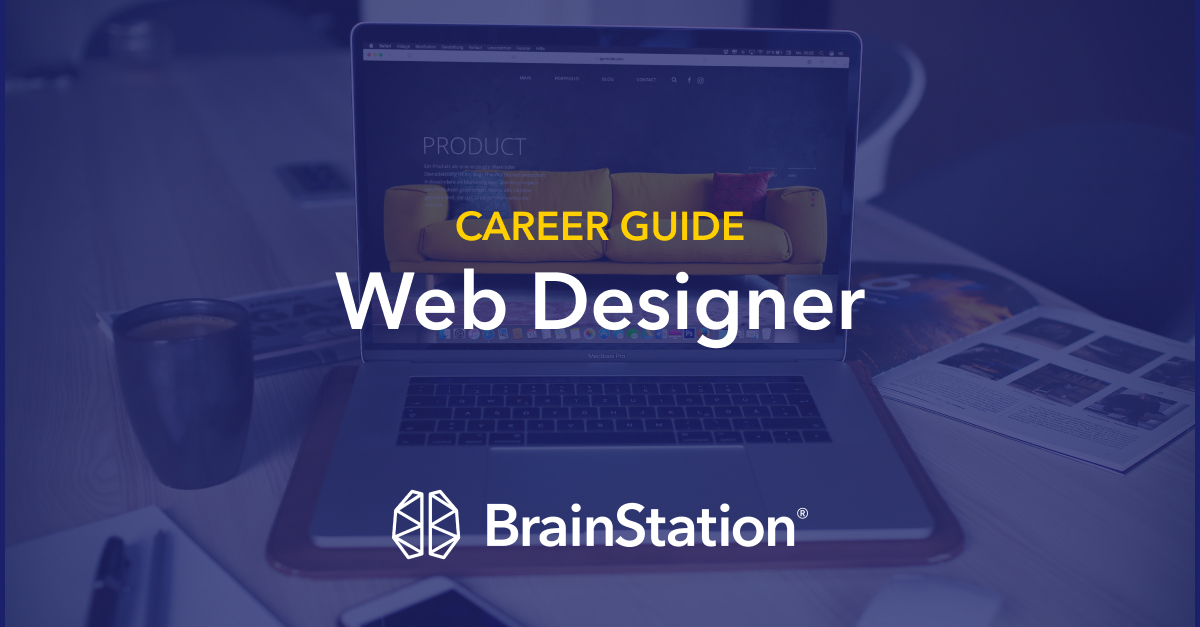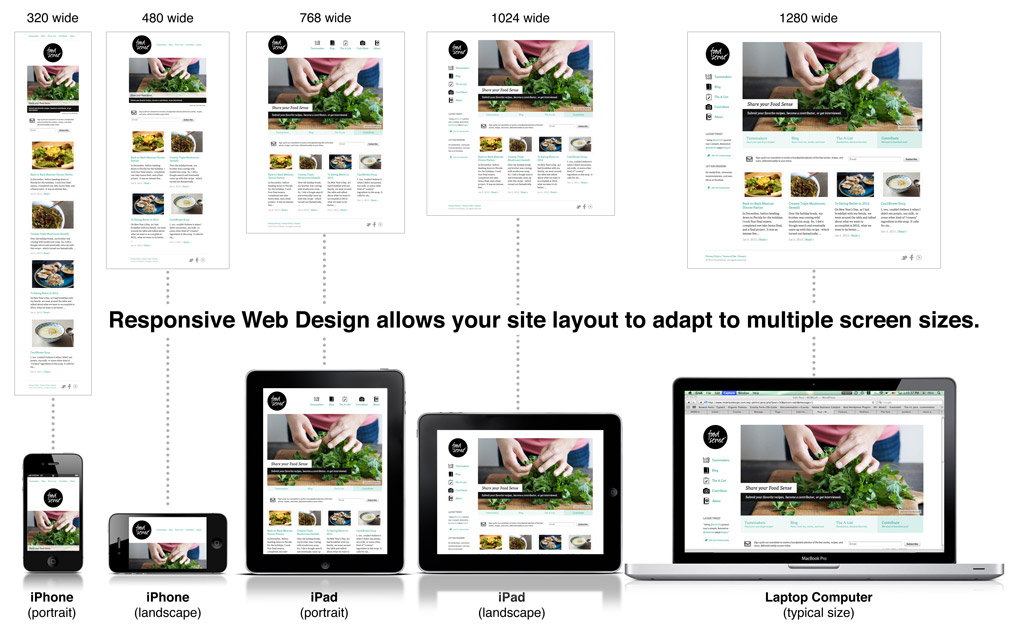
If you are interested in using CSS Grid to arrange elements on a webpage, this tutorial will show you how to setup cells and areas using the code. To create areas, you will need to merge cells into a container using the "grid-template-areas" command. Each line will need to be bracketed with "#" symbols. For example, you can make the cells horizontally by writing "p" into the cell's name.
Explicit grid lines
It is easier to understand the syntax of the Explicit Grid lines than the implicit grid. The implicit grid is defined at 200 pixels wide by 60 pixels high regardless of container size. The minmax() function allows you to make the grid more flexible. This will allow you place any number items within the same grid cells. For more complex grids, you can also use the fit-content() function.
Explicit grid tracks
Explicit grid tracks can be described as the equivalent to columns and rows in a table. The explicit grid's first row is the one that is visible; the second, and third rows are implied. Implicit tracks have dotted horizontal grid lines. Grid Inspector's green arrows point to the ends for explicit tracks. This makes it easy for you to recognize the spaces between columns & rows and how to best use them. The next CSS grid tutorial will cover implicit grids.

Columns of the explicit grid
You can specify the row-groups and explicit grid columns in CSS. Although they behave the same as implicit grids, explicit grids are often used to create more complex layouts. An implicit grid can also be used to respect the writing mode. This means that the column's first line is always on the left for languages that write from left to right. Another option is to define row-groups properties within your layout.
Explicit grid rows
While implicit grids are the default option for most cases, there are times when you will need to use explicit placing. You can create explicit grids by giving tracks a specific size. This tutorial will teach you about implicit grids and explicit tracks. Read on to learn how to use these in your own CSS. First, let us discuss the difference in explicit and implicit grids.
Explicit grid-column-gap
CSS defines how much space exists between columns in a grid layout by setting the row gap and column gap properties. By default, they are auto-sized, but you can control the gap size separately with the row-gap and column-gap properties. Make sure you use a nonnegative value when defining these properties. Here's an example illustrating the column gap property.
Gaps between grid rows
A grid row gap can be used to specify the height of a column in CSS. The gaps between rows and columns are not visible at the grid's edges. The property 'explicit" sets these properties to a value measured in pixels. A custom value, or a percentage can be used. 60px is the default value. For a more sophisticated solution, try a grid-auto-rows property.

Names of grid tracks explicit
This CSS grid tutorial teaches you how to name grid tracks explicitly. Names of lines in your grid are visible in the code. You can also include these names in the track list. Repeat notation allows you to accomplish this. Use col-a/b/start if you wish to include more than one line within the track listing. You can choose a line by using either one of these.
FAQ
Can I create my own website with HTML & CSS?
Yes! Yes!
Now that you know how to create the structure of a website, you'll also need to learn some HTML and CSS coding.
HTML stands for HyperText Markup Language. It's like creating a recipe for a dish. You'd list ingredients, instructions, and directions. HTML allows you to indicate to a computer which portions of text are bold, italicized and underlined. It also lets you know which part of the document is linked. It's the language that documents use.
CSS stands to represent Cascading Stylesheets. You can think of CSS as a style sheet for recipes. Instead of listing every ingredient and instructions, you create general rules about font sizes, colors, spacing and other details.
HTML tells a browser how to format a webpage; CSS tells a browser how to do it.
If you don't understand either of those terms, don't fret. Follow the tutorials below, and you'll soon be making beautiful websites.
Is web design difficult?
Web Development can be challenging, but there are many resources online to help you learn.
The only thing you need is to search for the right tools and follow their steps step by step.
YouTube and other platforms provide many tutorials. You can also use free online software such as Notepad++, Sublime Text, etc.
Many books are also available in libraries or bookstores. These are some of the most well-known:
O'Reilly Media's "HeadFirst HTML & CSS"
O'Reilly Media's "Head First PHP/Mysql 5th Edition"
Packt Publishing, "PHP Programming For Absolute Beginners",
I hope this article helped you.
Which platform is best for designing a website?
WordPress is the best platform available for building a website. It comes with all the tools you need for creating a professional website.
It is easy to customize and install themes. There are many themes to choose from online.
Plugins are another way to add functionality. They can do everything, from adding social buttons to creating contact pages to adding forms.
WordPress is also very user-friendly. To modify your theme files, you don't need to be able to code HTML. To change your theme files, all you have to do is click on an image and select the desired changes.
Although there are many platforms out there, I prefer WordPress. It's been around since the beginning and is still being used by millions of people worldwide.
What Kinds Of Websites Should I Make?
This depends on your goals. To build a business around your website, you may want to focus on selling products online. You'll need to build a robust eCommerce site to do this successfully.
Other popular types of websites include blogs, portfolios, and forums. Each of these requires different skills and tools. To set up a blog for instance, you'll need to learn about blogging platforms like Blogger and WordPress.
When you choose a platform, you will also need to figure out how to customize the look of your site. There are many templates and themes that are free for each platform.
Once you've selected a platform to build your website, you can start adding content. You can add images, videos, text, links, and other media to your pages.
Your new website is ready to be published online. Once your website is published, visitors will be able to access it in their web browsers.
What is a UI Designer?
A user interface (UI), designer is responsible for designing interfaces to software products. They are responsible for designing the layout and visual elements of an application. Graphic designers may also be part of the UI designer.
The UI Designer should be able to identify problems and solve them.
A UI designer should have a passion for technology and software design. From the development of ideas to their implementation into code, a UI Designer must have a thorough understanding of all aspects.
They should be able use a variety of tools and techniques to create designs. They should be able to think creatively and solve problems by creating innovative solutions.
They should be detail-oriented, organized and efficient. They should be able create prototypes quickly and efficiently.
They should feel at ease working with clients, large and small. They must be capable and willing to adapt to new situations and environments.
They should be capable of communicating effectively with others. They must be able express themselves clearly and concisely.
They must be well-rounded and have strong communication skills.
They must be motivated and driven.
They should be passionate and dedicated to their craft.
How do I choose the right domain name?
It is important to pick a quality domain name. It is essential to have a unique domain name. People will not be able find you when they search your product.
Domain names should not be too long, difficult to remember, specific to your brand, or unique. It is ideal to have something that people can type into their browser.
Here are some ideas to help you choose a domain.
* Use keywords that relate to your niche.
* Avoid hyphens (-), numbers, and symbols.
* Don't use.net or.org domains.
* Don't use words that have been used before.
* Avoid using generic terms like "domain"/website.
* Check to make sure it's there.
What technical skills do I need to design and construct my site?
No. All you need to understand HTML and CSS. Online tutorials can be found that cover both HTML and CSS.
Statistics
- In fact, according to Color Matters, a signature color can boost brand recognition by 80%. There's a lot of psychology behind people's perception of color, so it's important to understand how it's used with your industry. (websitebuilderexpert.com)
- When choosing your website color scheme, a general rule is to limit yourself to three shades: one primary color (60% of the mix), one secondary color (30%), and one accent color (10%). (wix.com)
- It's estimated that in 2022, over 2.14 billion people will purchase goods and services online. (wix.com)
- Did you know videos can boost organic search traffic to your website by 157%? (wix.com)
- It's estimated that chatbots could reduce this by 30%. Gone are the days when chatbots were mere gimmicks – now, they're becoming ever more essential to customer-facing services. (websitebuilderexpert.com)
External Links
How To
How do you become a web developer
A website isn't just a collection HTML code. It's an interactive platform that allows you to communicate with users and deliver valuable content.
Websites are more than just a way to deliver information. They can also be a gateway to your business. Your website should enable customers to find what they want quickly and efficiently, as well as show how you want them interacted with your company.
The best websites make it easy for visitors to find the information they seek and then to leave.
You'll have to learn technical skills and design aesthetics to achieve this goal. You'll have to understand the basics of HTML5 coding and CSS3 styling and the latest developments in JavaScript and other programming languages.
Additionally, you will need to be able to use different tools such as Photoshop, Illustrator and InDesign. These tools allow designers to create and modify website layouts and graphics. And finally, you'll need to develop your style guide, which includes everything from fonts to colors to layout.
To learn more about becoming a web designer, you can start by reading articles or taking online courses.
Although it might take you months or even years to finish your degree program you will be ready to join the workforce once you have earned it.
Don't forget to practice! Designing will improve your ability to build great websites.